Specifications
| book-author | Edgar V. Roberts ; Robert Zweig |
|---|---|
| file-type | |
| isbn10 | 0205000347 |
| isbn13 | 9790205000349 |
| language | English |
| publisher | Longman Publishing Group |
Book Description
“Literature: An Introduction to Reading and Writing,” authored by Edgar V. Roberts in its 5th Compact Edition, provides students with a comprehensive introduction to the world of literature, emphasizing critical reading and effective writing skills. Here's an overview of what you can expect from this book:
- Introduction to Literature: Roberts begins by introducing students to the study of literature, its genres, and its significance in culture and society. He discusses the elements of fiction, poetry, drama, and nonfiction, highlighting key literary terms and concepts.
- Reading Literature: The book focuses on developing critical reading skills necessary for analyzing and interpreting literary texts. Roberts introduces various strategies for close reading, including identifying themes, analyzing characters, examining literary devices, and interpreting symbolism.
- Genres of Literature: Roberts explores different genres of literature, including fiction, poetry, drama, and nonfiction. He discusses the unique characteristics and conventions of each genre, providing examples and exercises to help students understand and appreciate literary works.
- Elements of Fiction: The textbook covers the elements of fiction, such as plot, character, setting, point of view, and theme. Roberts explores how these elements work together to create meaning and convey the author's message to the reader.
- Writing about Literature: Roberts provides guidance on writing analytical essays and literary analyses. He offers step-by-step instructions for crafting thesis statements, organizing essays, incorporating textual evidence, and developing coherent arguments.
- Critical Approaches to Literature: The book introduces students to various critical approaches and theories used to interpret literary texts. Roberts discusses formalism, reader-response criticism, psychoanalytic criticism, feminist criticism, Marxist criticism, and postcolonial criticism, among others.
- Research and Documentation: Roberts addresses the importance of research and documentation in literary studies. He discusses strategies for conducting literary research, evaluating sources, and documenting sources using MLA style.
- Sample Texts and Authors: Throughout the book, Roberts includes a diverse selection of literary texts and authors representing different time periods, cultures, and perspectives. He provides annotated excerpts and discussion questions to engage students in critical analysis and interpretation.
- Literary Terms and Glossary: The textbook features a comprehensive glossary of literary terms and concepts, providing students with a handy reference tool for understanding and analyzing literary texts.
- Supplementary Materials: Roberts may include supplementary materials such as online resources, study guides, and instructor resources to support student learning and facilitate classroom instruction.
“Literature: An Introduction to Reading and Writing” serves as a valuable resource for students enrolled in literature courses, English composition courses, and humanities programs. With its accessible writing style, engaging content, and practical exercises, the book empowers students to become confident readers, critical thinkers, and effective writers in the study of literature.
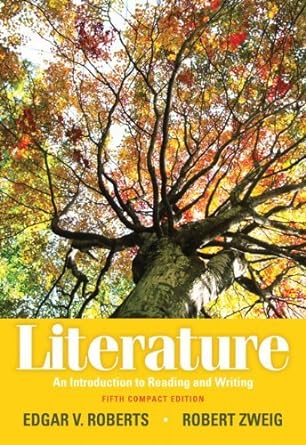

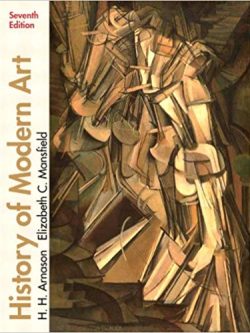
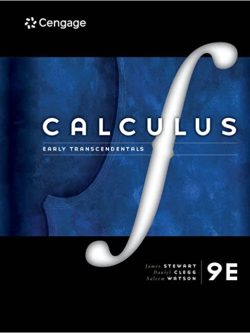
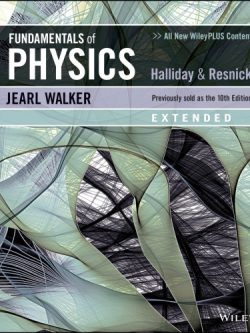
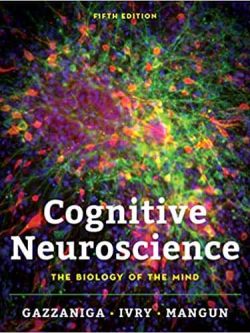
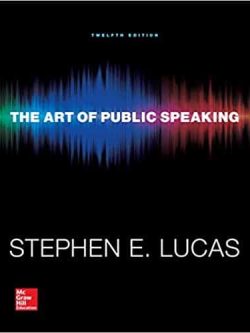
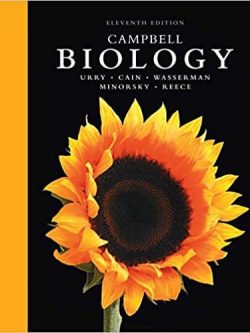
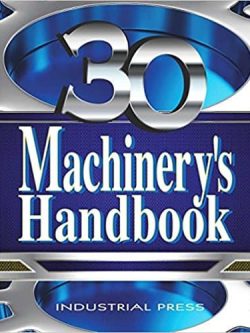
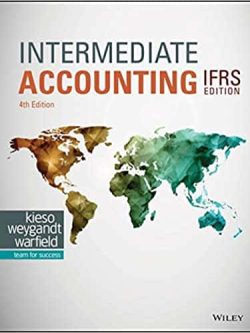
Reviews
There are no reviews yet.